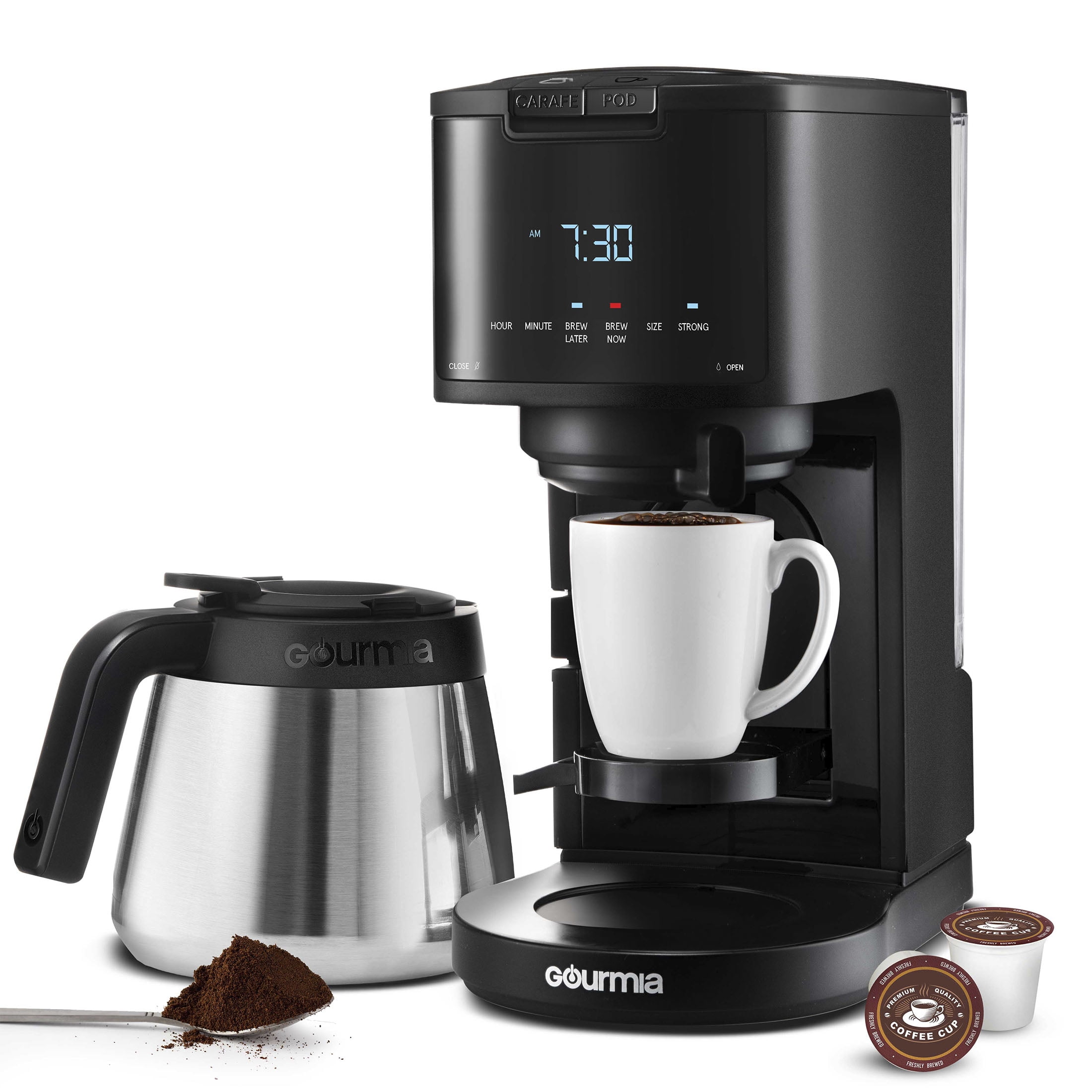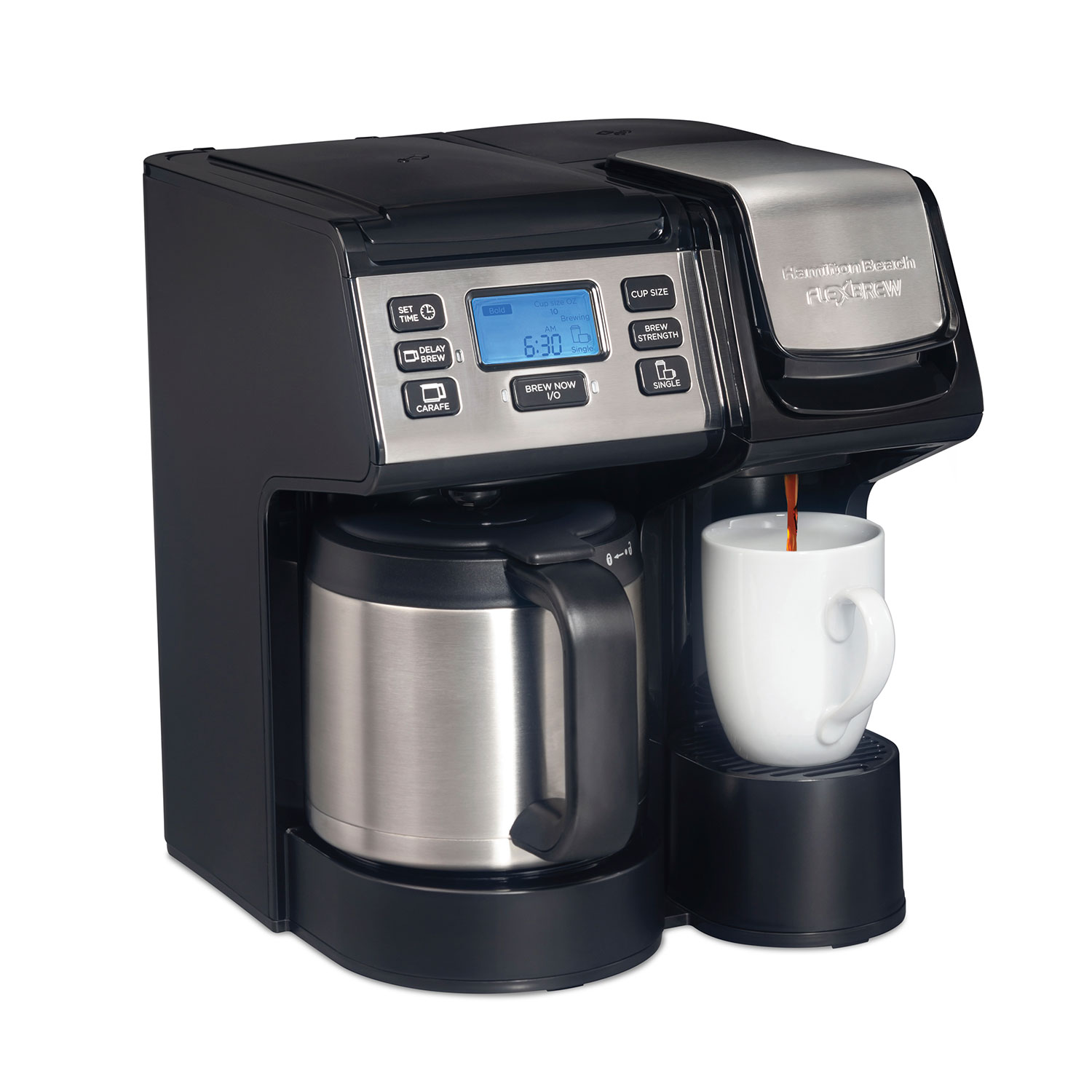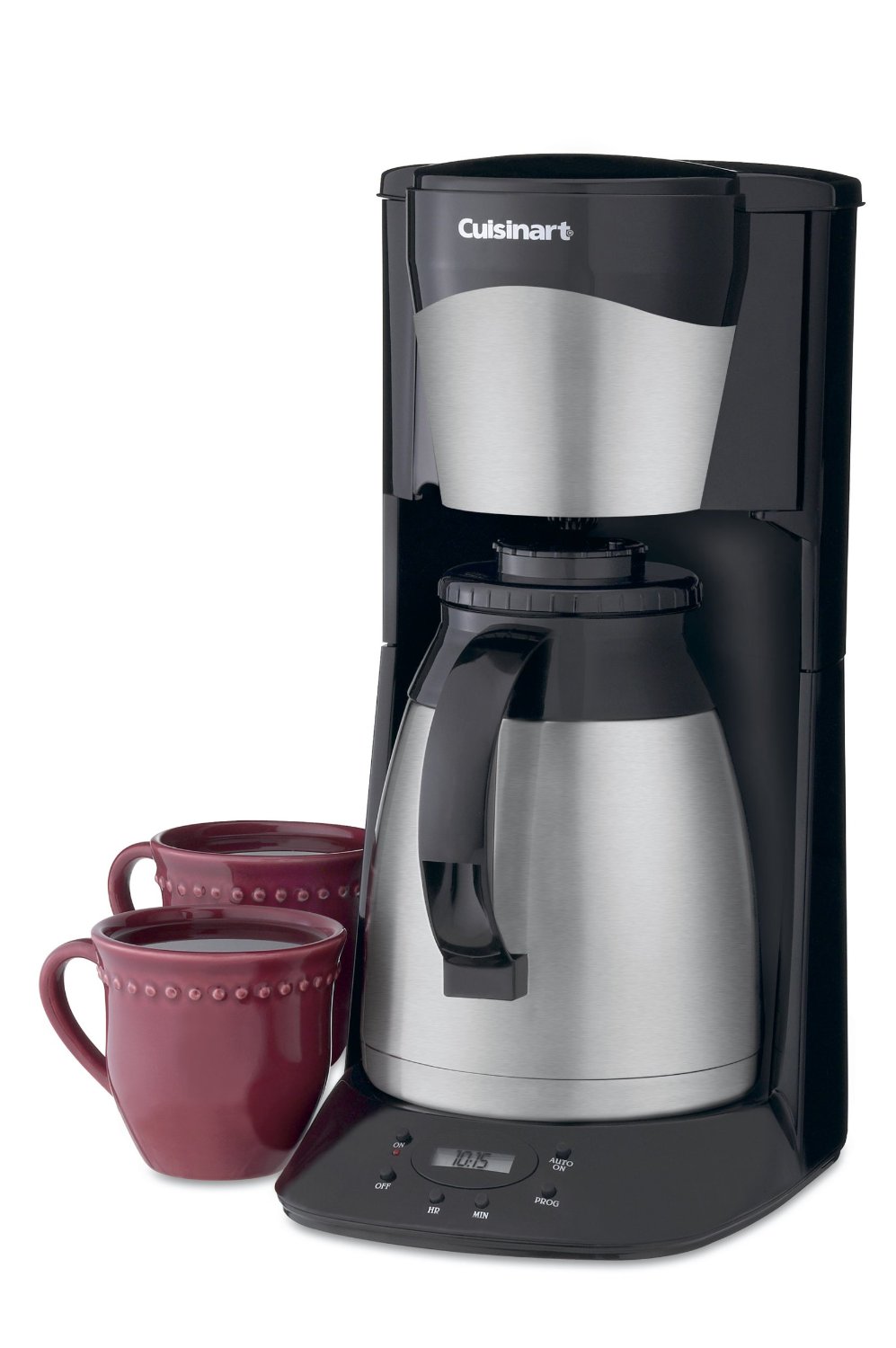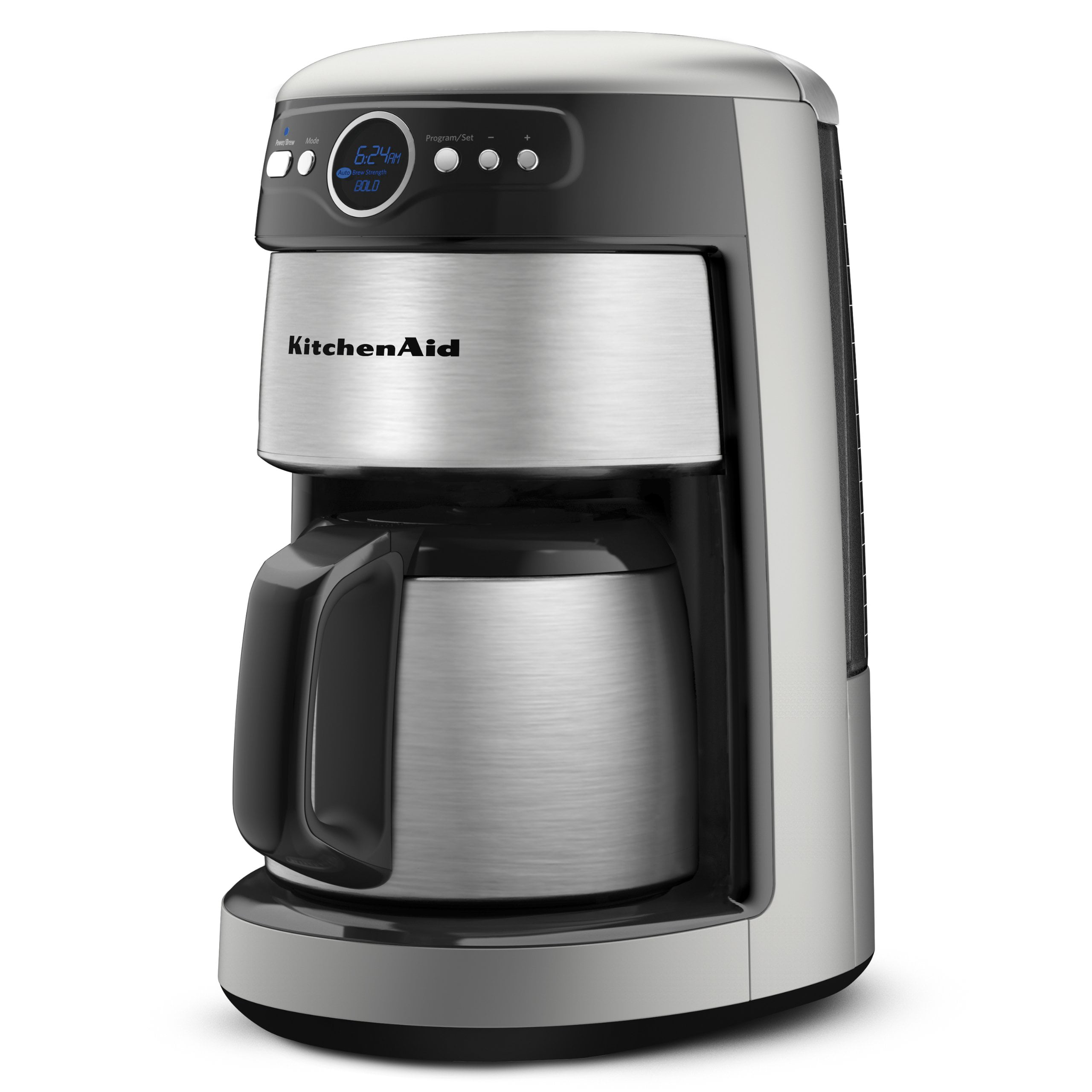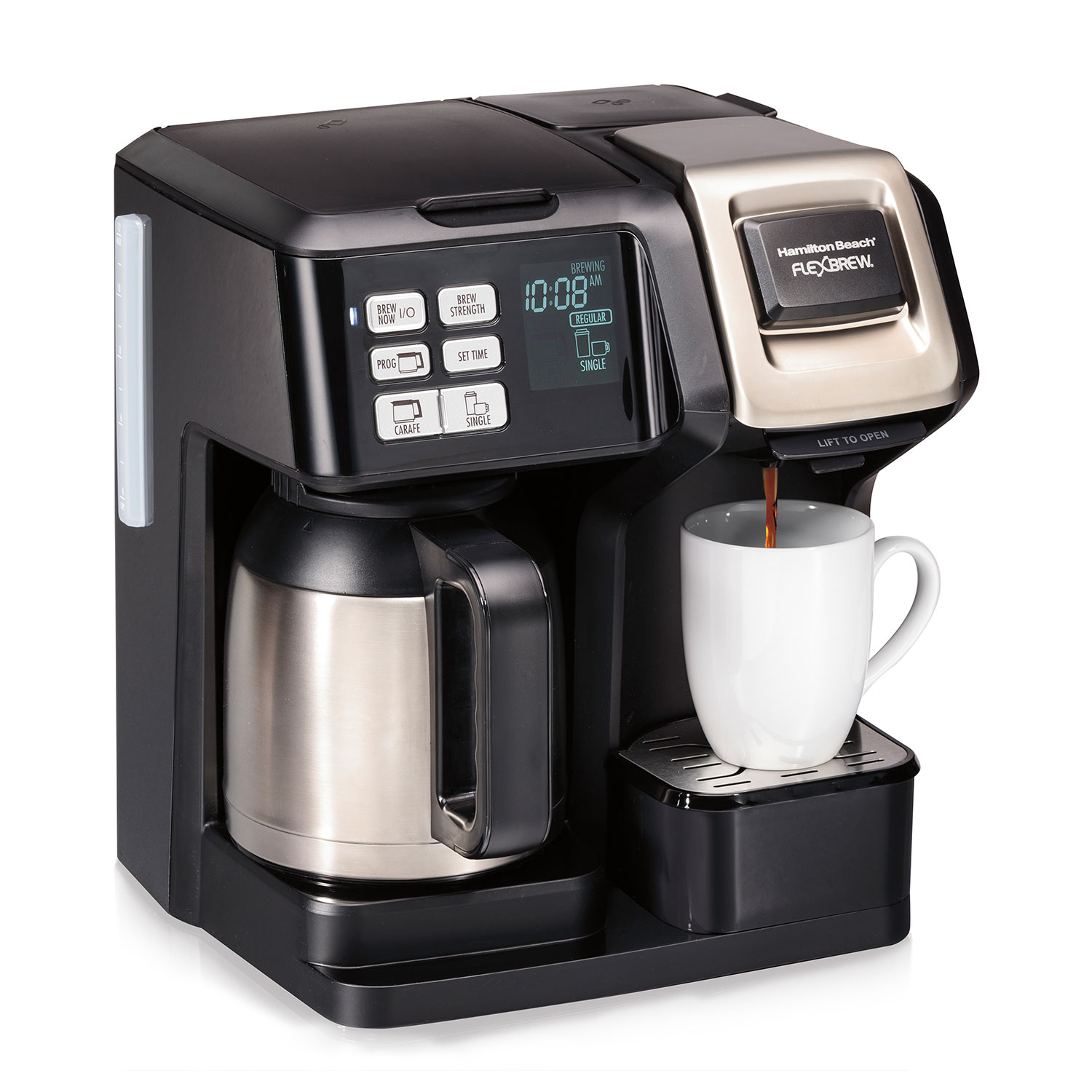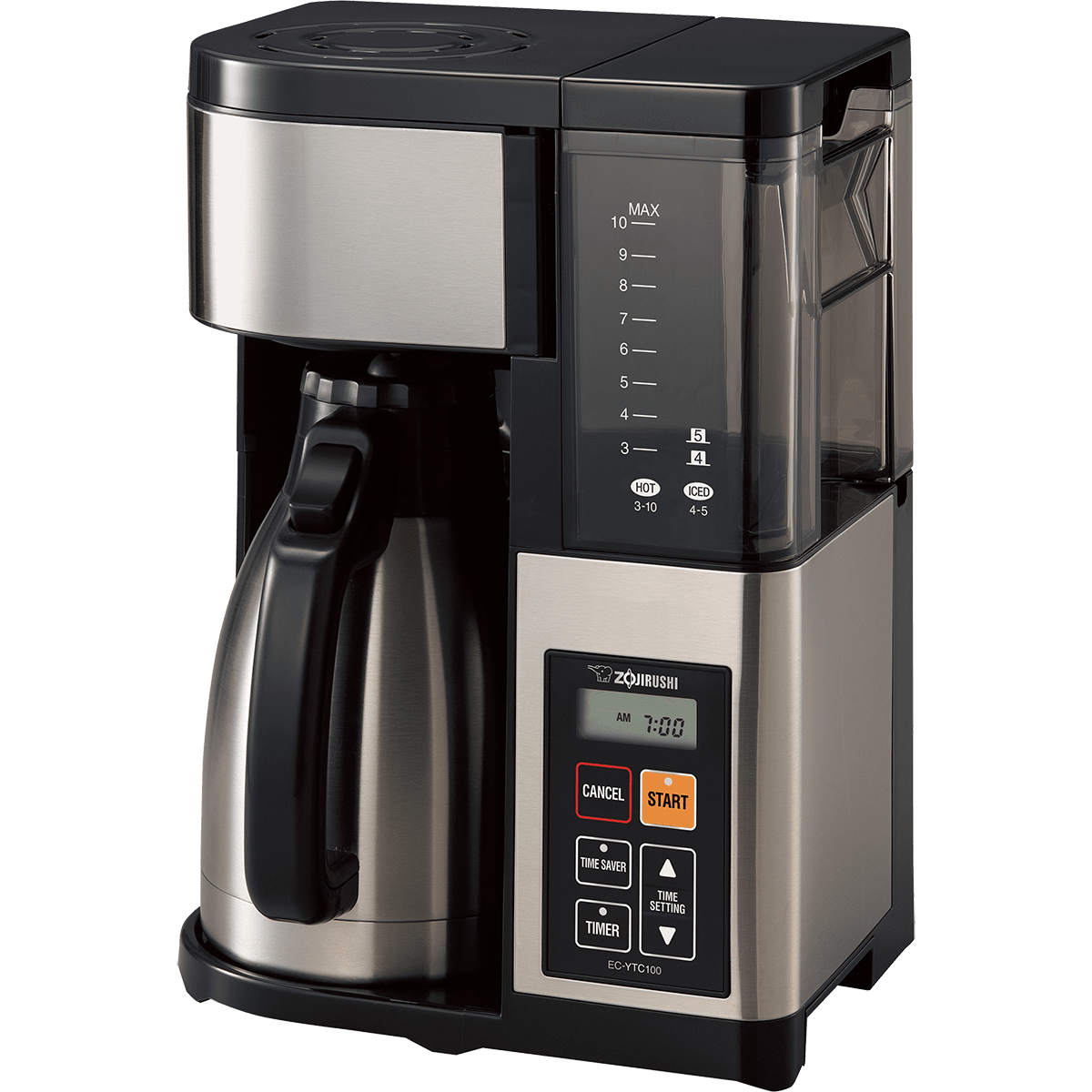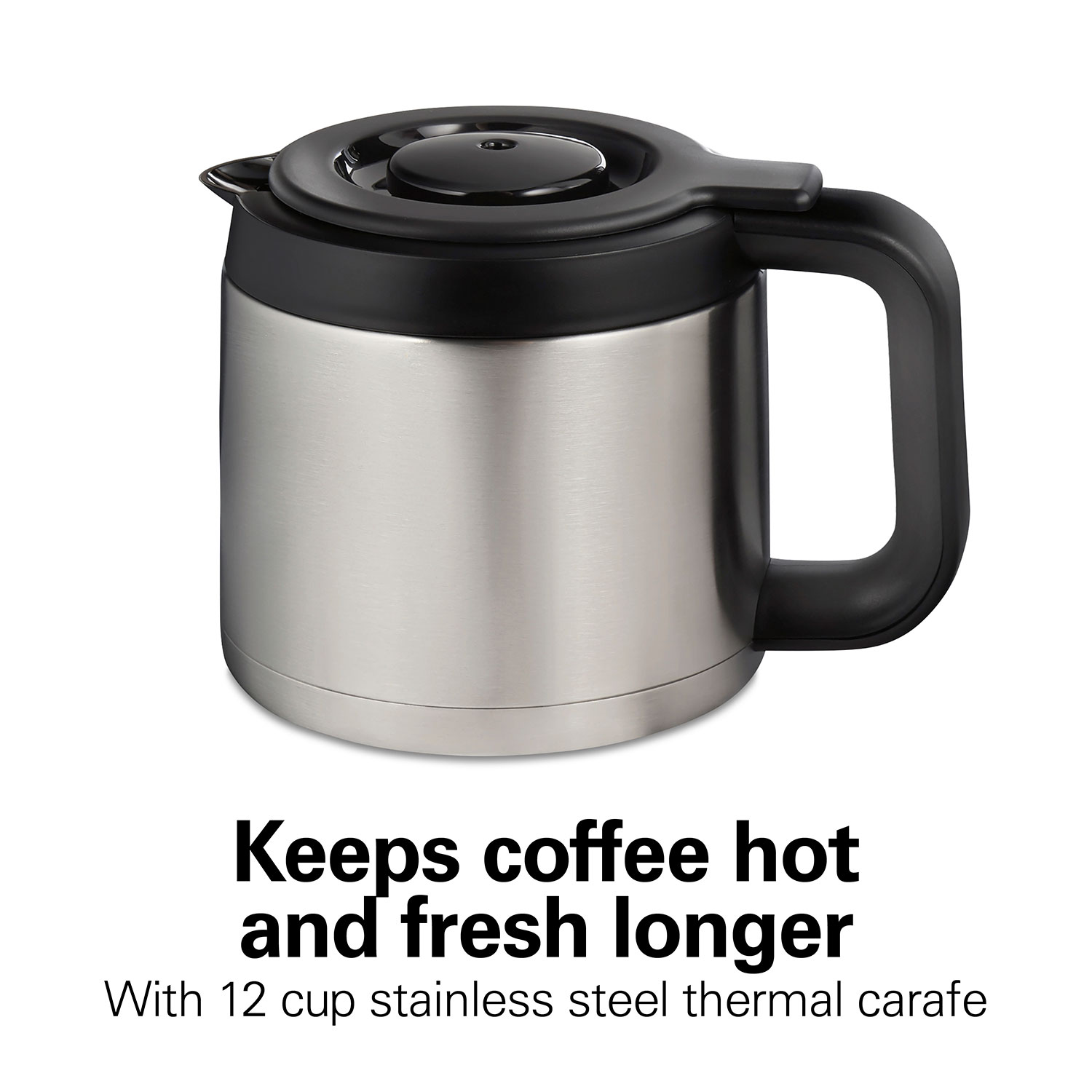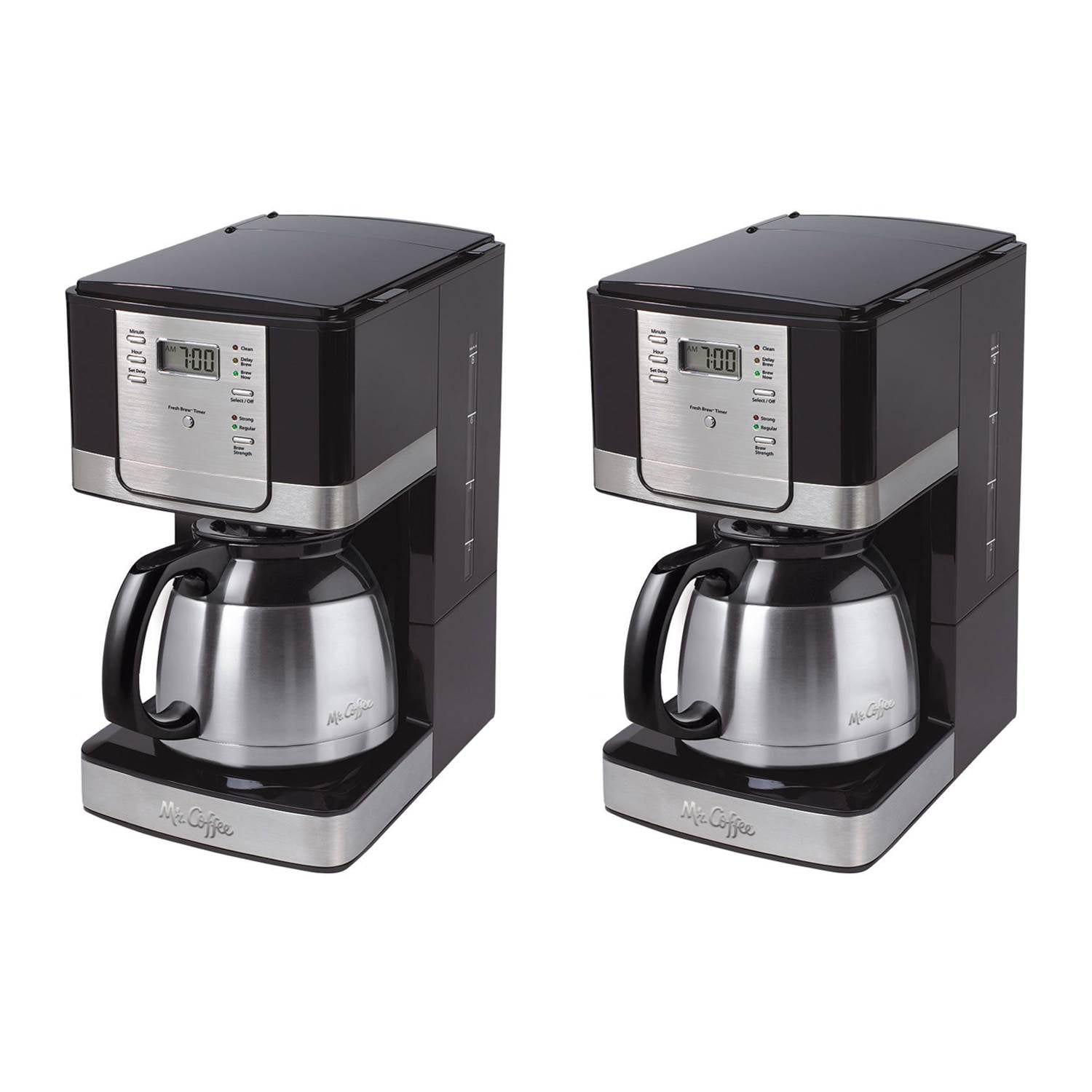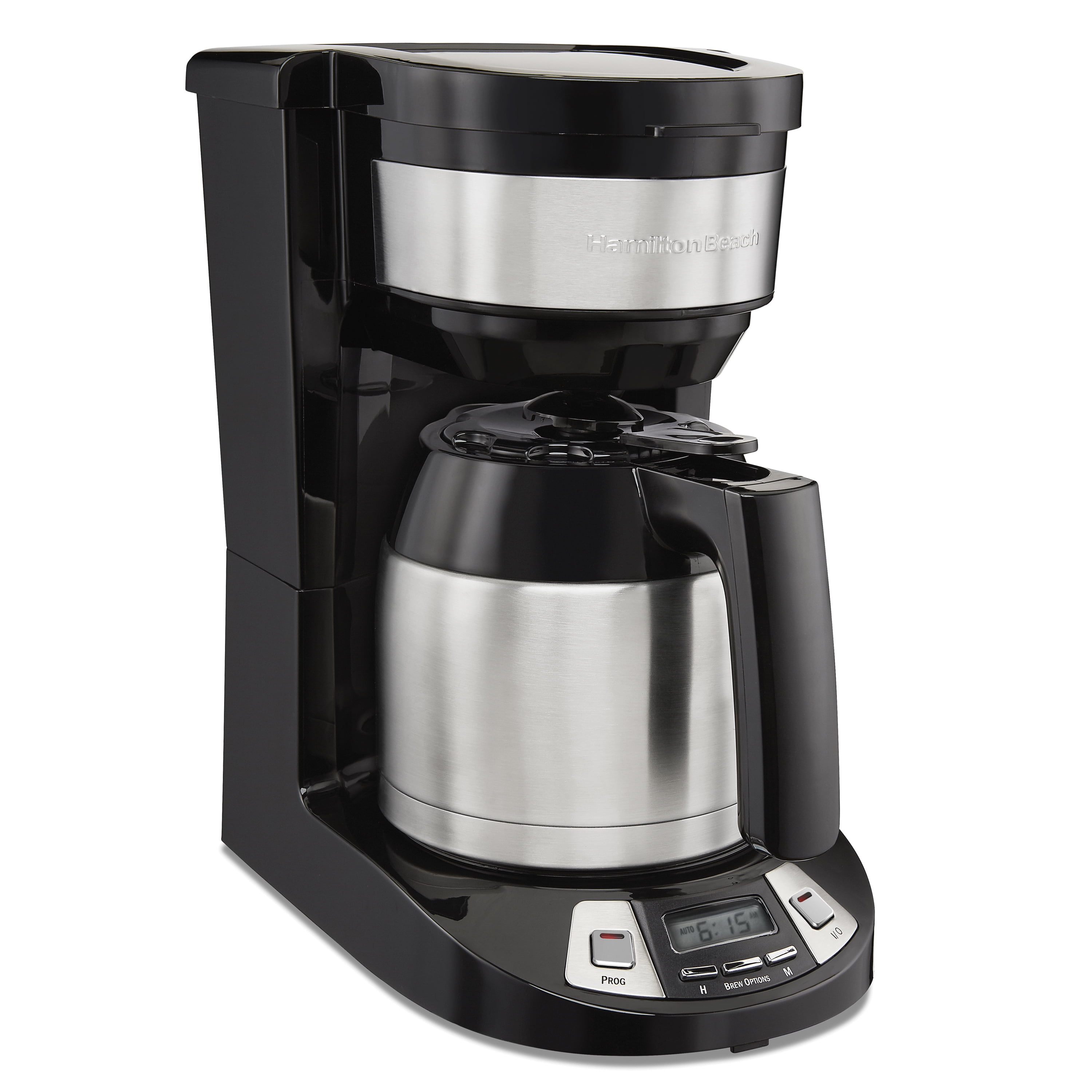Coffee Maker With Insulated Carafe
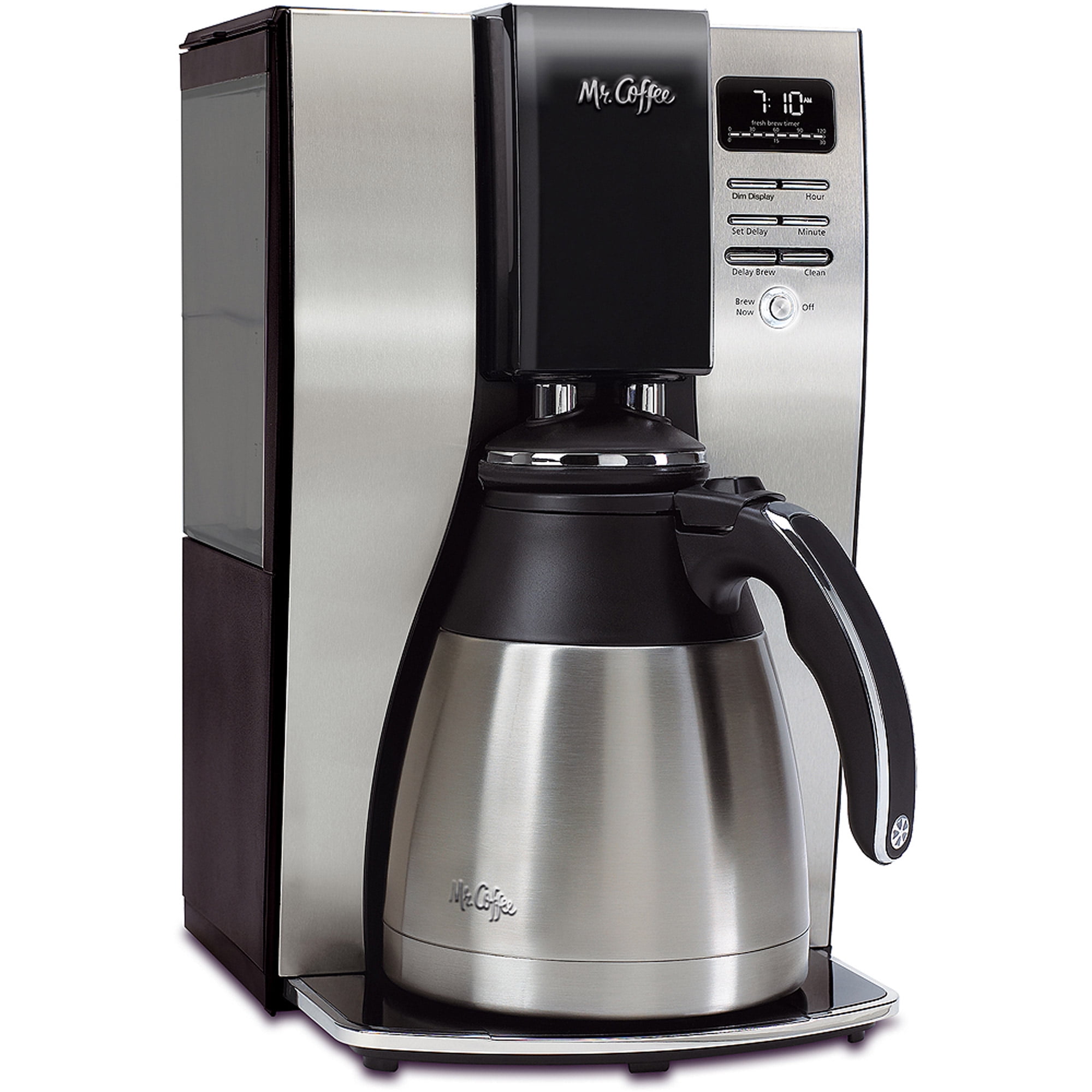
The aroma of freshly brewed coffee, once a guaranteed morning pleasure, can quickly turn into a lukewarm disappointment. For decades, consumers have grappled with the trade-off between quick brewing and lasting heat, often finding themselves settling for one at the expense of the other. However, a new generation of coffee makers featuring insulated carafes is emerging, promising to revolutionize the at-home coffee experience.
At the heart of this brewing revolution is the insulated carafe, a vessel designed to maintain coffee temperature for extended periods without the need for a hot plate. This seemingly simple innovation addresses a critical issue: the degradation of coffee flavor caused by prolonged exposure to heat. This article delves into the science, market trends, and consumer impact of coffee makers equipped with these advanced carafes, exploring their benefits, drawbacks, and future potential.
The Science Behind the Heat
Traditional coffee makers often rely on hot plates to keep brewed coffee warm. While effective at maintaining temperature, these hot plates can also lead to bitterness and a burnt taste. According to a study published in the Journal of Food Science, prolonged heating degrades the volatile aromatic compounds responsible for coffee's complex flavor profile.
Insulated carafes, typically constructed with double-walled stainless steel and a vacuum-sealed interior, mitigate this issue. The vacuum insulation minimizes heat transfer, keeping coffee hot without the detrimental effects of direct heat exposure. This allows for a more consistent and enjoyable coffee experience, from the first cup to the last.
Market Trends and Consumer Demand
The demand for coffee makers with insulated carafes has steadily risen in recent years, driven by consumer desire for higher-quality, longer-lasting coffee. According to a recent report by MarketWatch, the global coffee maker market is projected to reach \$4.5 billion by 2028, with insulated carafe models accounting for a significant portion of the growth.
Several factors contribute to this trend. Consumers are increasingly knowledgeable about coffee and are willing to invest in equipment that enhances the brewing process. Furthermore, the convenience of a carafe that keeps coffee hot for hours appeals to busy individuals and families who may not consume an entire pot immediately.
Key Features and Considerations
When selecting a coffee maker with an insulated carafe, several factors should be considered. Carafe capacity is crucial, depending on individual or household needs. Some models offer thermal carafes with capacities ranging from 8 to 12 cups.
Another important consideration is the carafe's pouring mechanism. A well-designed carafe should pour cleanly and without drips. Durability and ease of cleaning are also important factors, as the carafe will be frequently used and washed. Many manufacturers offer stainless steel carafes that are dishwasher-safe, simplifying maintenance.
Environmental and Economic Impact
Beyond taste and convenience, coffee makers with insulated carafes offer potential environmental benefits. By eliminating the need for a constantly heated hot plate, these machines can reduce energy consumption. This translates to lower electricity bills and a smaller carbon footprint.
From an economic perspective, investing in a high-quality coffee maker with an insulated carafe can also be cost-effective in the long run. While the initial purchase price may be higher than that of traditional models, the reduced energy consumption and the ability to brew larger batches of coffee less frequently can lead to significant savings over time.
"The shift towards insulated carafes reflects a broader trend of consumers seeking sustainable and high-quality coffee experiences," says Sarah Chen, a market analyst at Coffee Industry Insights. "These products offer a compelling combination of convenience, flavor preservation, and environmental responsibility."
Challenges and Future Innovations
Despite their numerous benefits, coffee makers with insulated carafes are not without their challenges. One common complaint is that some carafes, particularly those of lower quality, may not maintain coffee temperature for as long as advertised.
Looking ahead, manufacturers are exploring new materials and technologies to further improve carafe insulation and heat retention. Some are experimenting with vacuum-sealed double-walled glass carafes. Others are developing carafes with integrated temperature sensors and digital displays that show the coffee's current temperature.
The future of coffee makers with insulated carafes appears bright. As technology advances and consumer demand for high-quality, sustainable coffee experiences continues to grow, these innovative appliances are poised to become an increasingly integral part of the modern kitchen.
:max_bytes(150000):strip_icc()/_hero_SQRECIRC_Black-and-Decker-CM2035B-12-Cup-Thermal-Coffeemaker-1-cb23f2cda5074a2e900d3806f84f492c.jpg)
:max_bytes(150000):strip_icc()/_hero_SQ_Cuisinart-12-Cup-Programmable-Thermal-Coffeemaker-1-9450d7779ebf4b3b8d26c6eb8f281abd.jpg)
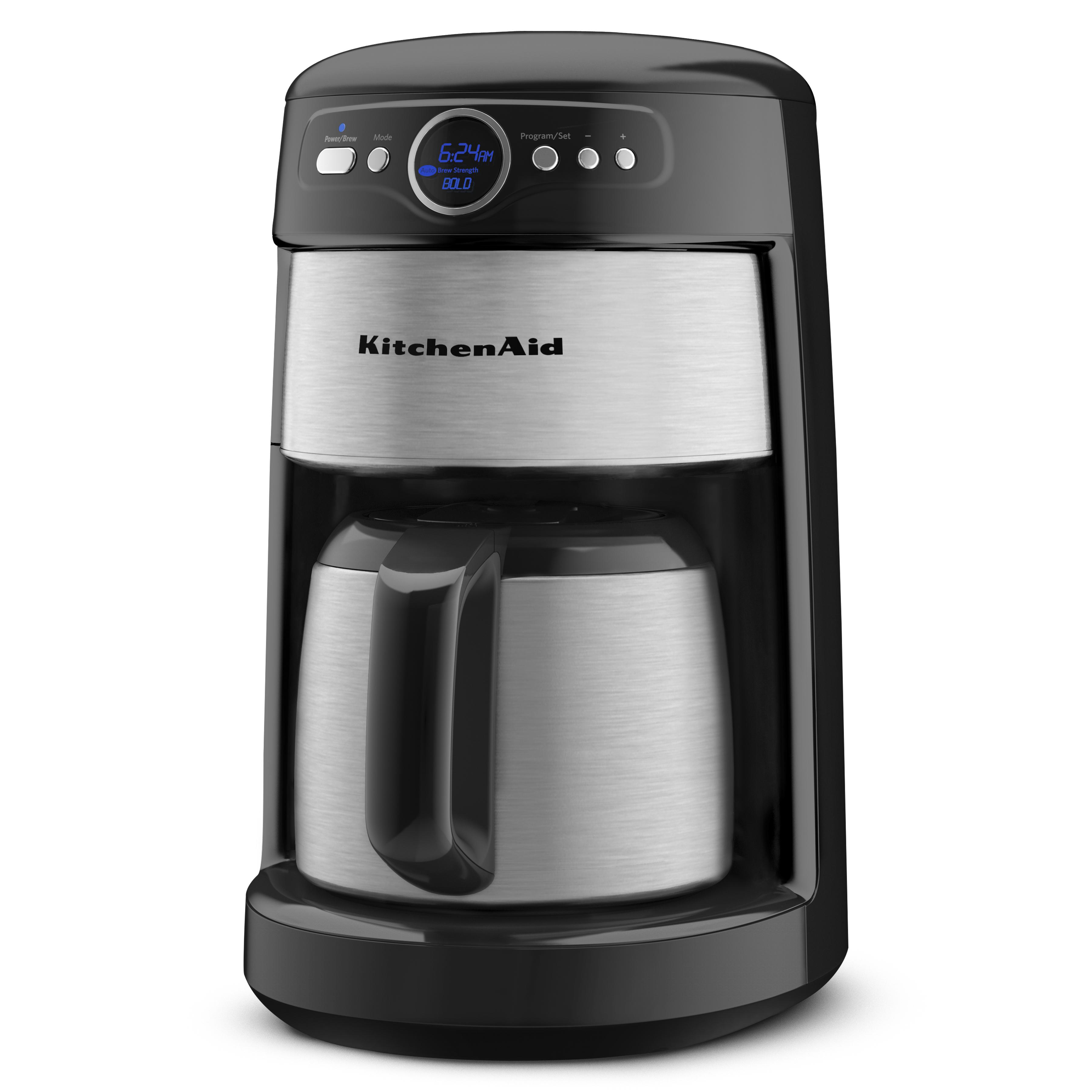
:max_bytes(150000):strip_icc()/71m09pBr8mL._AC_SL1500_-3a4fadd7359045c5a6c6b1c0a5a43430.jpg)

:max_bytes(150000):strip_icc()/BlackDecker12-CupThermalCoffeeMaker-f684878c4e004673b0f4ebdaeebc3f38.jpg)
